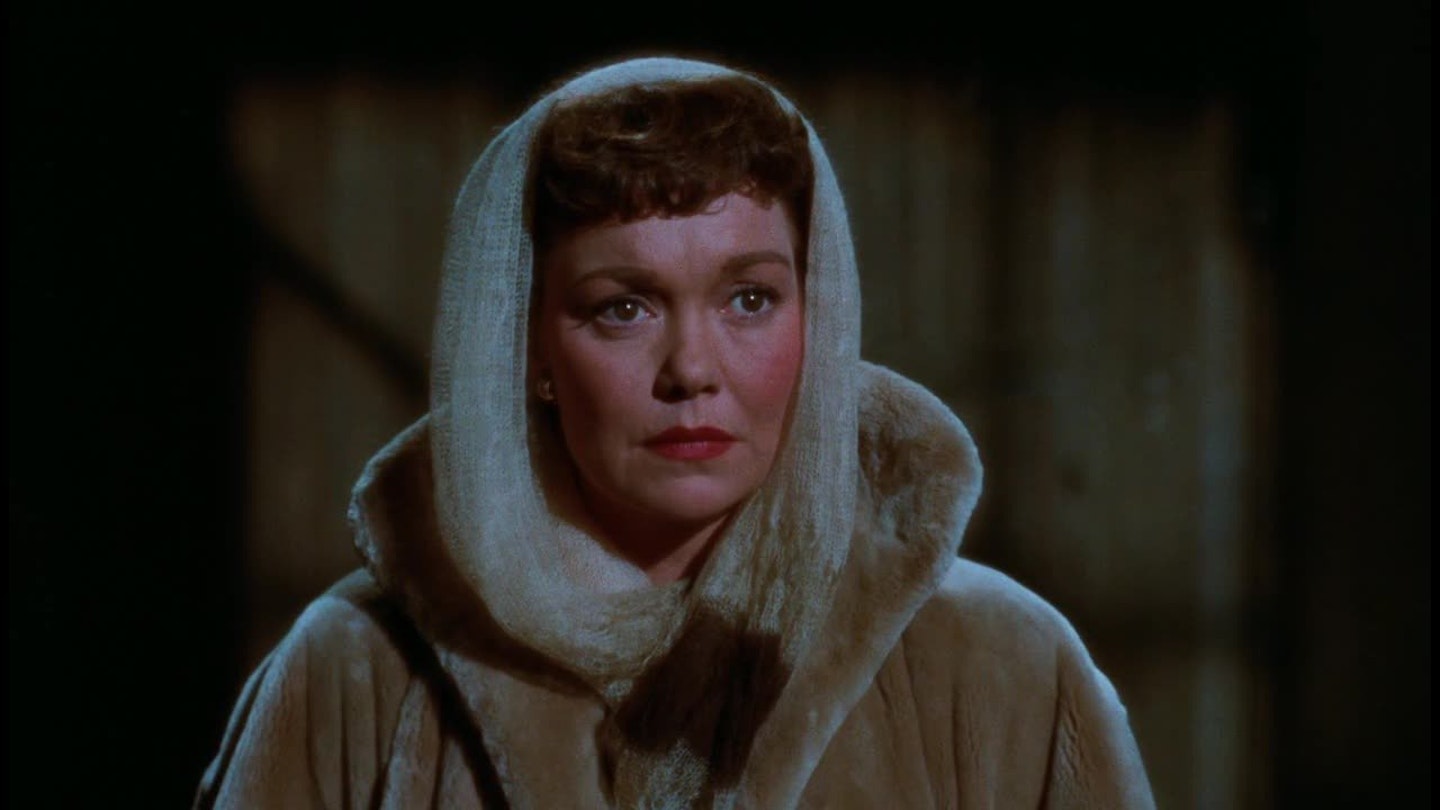A prominent intellectual in Germany before he fled the Nazis, Douglas Sirk worked as a director for hire in Hollywood before he and producer Ross Hunter hit upon a brand of high-class soap that made a fortune for Universal and established Sirk as the role model for such maverick auteurs as Rainer Werner Fassbinder, who remade this film as Fear Eats the Soul in 1974.
Although he dismissed such later outings as Written on the Wind (1956) and Imitation of Life (1959) as `kitsch craziness', Sirk was the master of the woman's picture, as he managed to subvert the conventions of the sub-genre while also offering stinging critiques of bourgeois morality and middlebrow culture. Here, Sirk and cinematographer Russell Metty use Alexander Golitzen and Eric Oborn's meticulously decorated sets to trap Jane Wyman in the apparently perfect lifestyle to which many in the audience would have aspired. Moreover, by using graceful long takes, Sirk reinforces both the soullessness of her solitude and the all-embracing exhilaration of her unexpected romance with Rock Hudson (with whom Wyman had teamed the previous year in Sirk's Magnificent Obsession).
As ever, Sirk makes miraculous use of reflective surfaces - windows, mirrors, furnishings and even the TV set - to present Wyman as a spirit trapped in a ethereal false idyll, while contrasting colours capture the emotional texture of both the scenes and the characters' psyches. Watch the play of light and hue on the weeping Gloria Talbott's face as she returns home having been humiliated by her friends because of her mother's dalliance. The rainbow effect may be melodramatic and unsubtle. But it conveys her confusion and misery with dazzling simplicity.
Even if it was viewed as novelettish nonsense, this would still make deliciously illicit entertainment. But, thanks to Sirk's eye for an image, it's also enthralling cinema.

